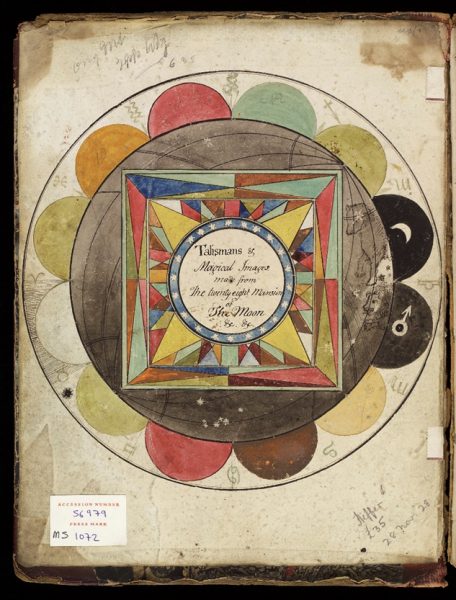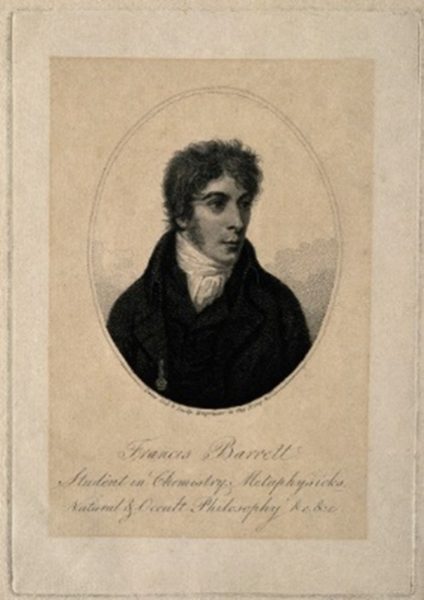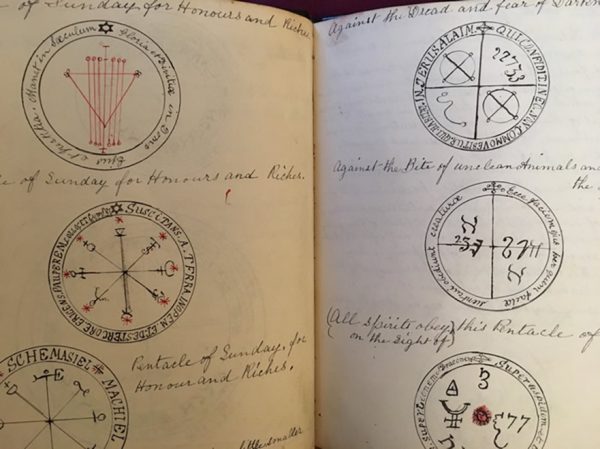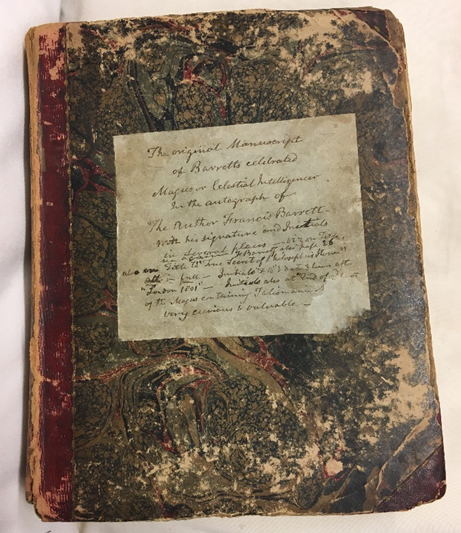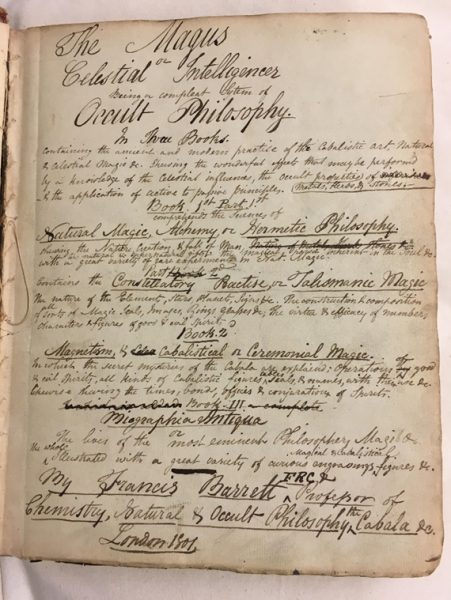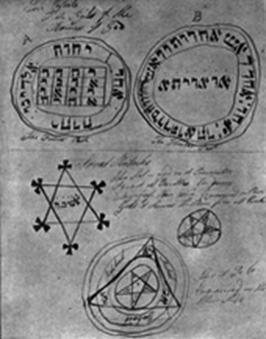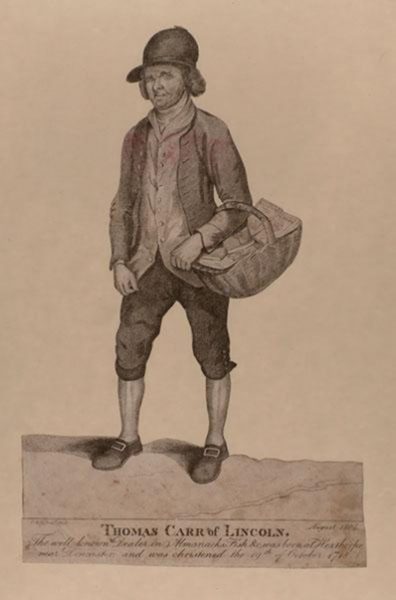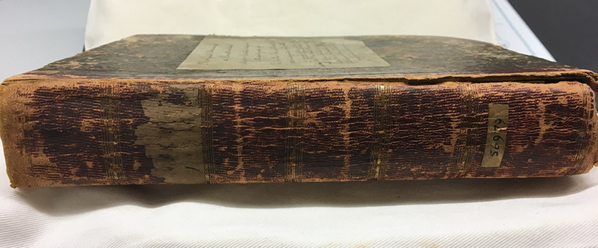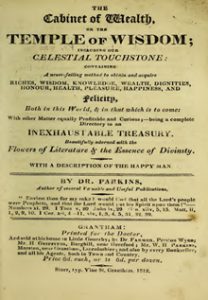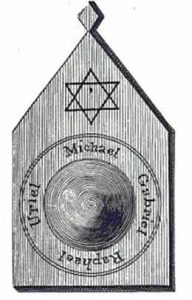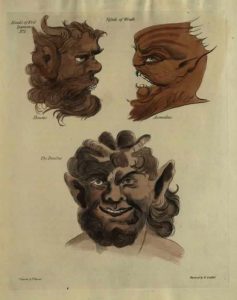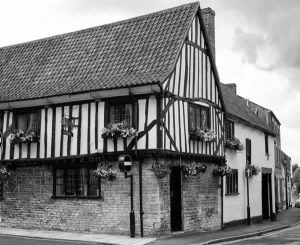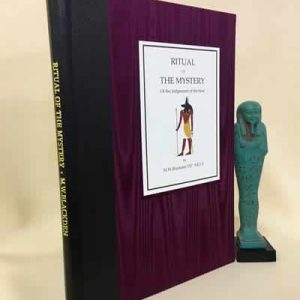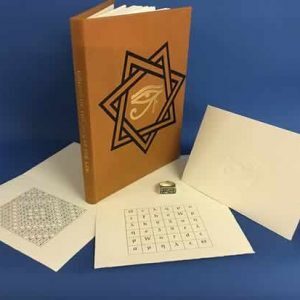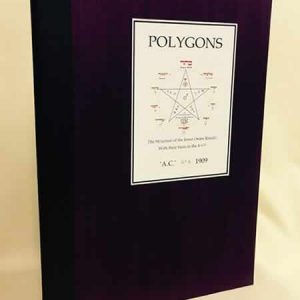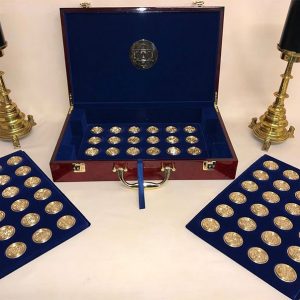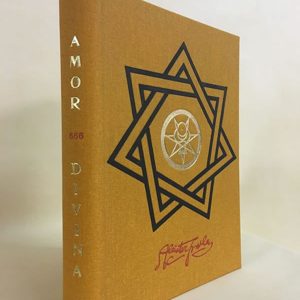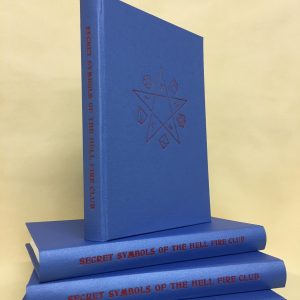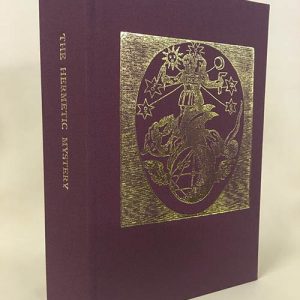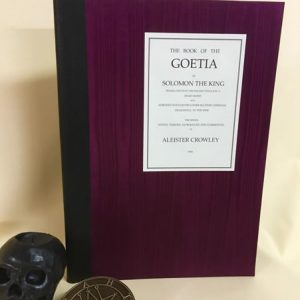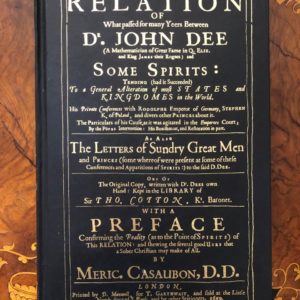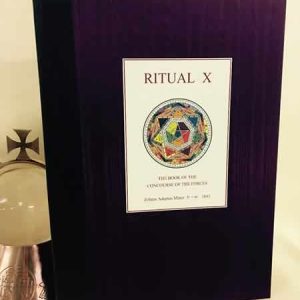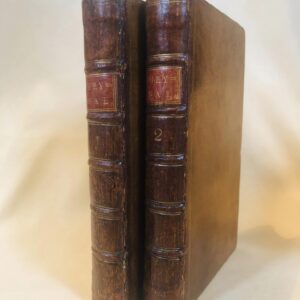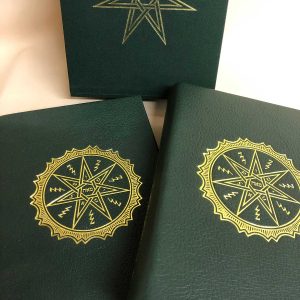Discovering the sources
of Ceremonial Magic
in the traditions of the Cunning Men : Francis Barretts ‘THE MAGUS’ of 1801 and its place in the occult tradition
Limited to only 260 copies
|
Large format, bound in quarter black kidskin with dark purple moire silk, gilt titles to spine and colour title label inset to front board. Printed full colour onto 120gsm oyster laid paper, over 44 pages of manuscript facsimile with full transcripts and an illustrated introduction. |
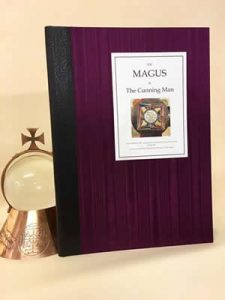 |
|
Contrary to received academic opinion Francis Barrett did not simply produce ‘The Magus’ (1801) from a collection of material in rare books borrowed from the occult bookseller John Denley, Barrett may indeed have had access to books in Denley’s collection but being involved in the copying of manuscripts for sale both in whole and in part from sources such as Agrippa, Barrett was exposed to a wealth of material circulating around the country and which passed hands amongst apothecaries, cunning-men, doctors of astrology and innumerable ‘physicians’ of country medicine. Whilst later cunning men used Barretts ‘Magus’ it is clear that they continued to refer to other works available to them, indeed the Bristol based conjurer Edward Hunter made careful notes from a copy of ‘The Magus’ he had access to but also noted a copy of ‘the Green Book’ in his collection in reference to correct talismans. Oddly, whilst the printed edition of ‘The Magus’ abound with errors in the Hebrew particularly, the original manuscript seems almost entirely free of them, is it possible that copyists compared and corrected each others work over the time that passed between the publications of the works of Turner (1600’s) and Ebenezer Sibley (1790’s) and that the manuscript copies of various grimoire and conjure material were considered more reliable? Certainly there is good reason to suppose that he established apothecary trade in Wales and the West Country enjoyed almost the reputation of Druidic excellence and that Barrett and his contemporaries drew upon Wales and the West Country practitioners not only for their knowledge of herbs and simple medicines, but also for the physical ingredients of their own magical incenses, the manuscripts they studied as well as the knowledge of spirits they contained. We may well look to the apothecary trade of the late 18th and early 19th centuries and its keen apprentices for the evidence of the real survival of witch lore into the modern period…
The profitable trade in herbals, almanacks and the underground manuscripts of the ‘cunning men’ of late 18th century England and Wales is a phenomenon that has yet to be fully evaluated, but it is clear that attempts to separate ‘high’ from ‘low’ or country magic from this mileau has not allowed us to gain a clear picture of exactly where and how Barretts ‘Magus’ sprang into the world. Whilst all previous attempts at understanding the book in depth have relied upon comparing the 1801 edition with previous printed works, this new monograph seeks to view the original manuscript as evidence, its appearance, physical structure and collation of material being an important insight into the creation of Francis Barretts legend.
Indeed, rather than seeking to suggest as many do that Barretts work was somehow an isolated and brilliant synthesis, we could begin to see that it represented a compendium of material which was extant in various copies amongst diverse practitioners along a ‘silk-road’ established by such notable figures as the Lincolnshire cunning-man Dr. John Parkins, whose country-wide trade in charms and ‘lamens’ was well known before the publication of ‘The Magus’, and whose successful publication of almanacks and herbals allowed him to establish a network which ran from North Lincolnshire to London, across to Herefordshire and back.
Previous studies have sought to show the effective ‘borrowing’ from parts of ‘The Magus’ by individuals within the cunning-man tradition, but here we see that the picture is more complex: Barretts work acted as a summation of material he had himself copied at different times, either from the extremely rare books supposedly loaned to him by Denley or as is more likely directly from other manuscripts of the same material in which Denley traded, and which Barrett no doubt transcribed whilst employed in Denleys establishment. Curious to note, that the original manuscript of Barretts ‘Magus’ contains none of the intricate designs for circles or magical figures evidenced in the printed work. Indeed the only pictorial figure in evidence is at the front: a painted figure of the ‘Mansions of the Moon’ pasted to the inner board of the bound manuscript, whilst within the two hundred pages of written text there is only one figure, this is not drawn but is in fact an impressed copper plate, clearly Barrett had access to engraved figures on metal plates made either himself or by ‘Griffith’, and which would have enabled him and others like him to make countless talismans to sell. Far from being isolated geographically, these enthusiastic astrologers, folk doctors and purveyors of eternal wisdom, were connected countrywide by a legion of provincial printers, purveyors of herbs and tinctures, sellers of printed prophecies, fortune telling handbooks, alamanacks and other curious texts aimed at everyone from the ambitious farmer to the maiden in love.
Later, after the 1801 publication of ‘The Magus’ known cunning men such as Parkins, Griffith, Hunter and the famous ‘Cunning Murrell’ made their own copies from Barrett either to complete manuscript collections of their own, to sell by way of trade in the black market of occult manuscripts, or as is often supposed to lend a more magical potency to the material than would be thought to inhere in a printed work. Indeed, in the case of James ‘Cunning’ Murrell his own transcriptions were given the authority of a previous (probably invented) figure named ‘Neboad’.
Both the legendary James Murrell and the later ‘Old George’ Pickingill occupy an important position in the history of witchcraft in England, more study needs to be made of their lesser activities: the creation and wholesale supply of herbal remedies which would have enabled them to extend their influence via the postal service beyond the borders of their parish or county. In one example of an early 19th century cunning man from Wales their manuscript spells and collected almanack material exists alongside a collection of printed blank bills for their services: clearly the cunning-men were utilising the excellent postal services of their time to reach isolated customers. In the case of Dr John parkins evidence exists to show he had established a country-wide network for the distribution of both printed herbals (actually new editions of Culpepper with additional material of his own) as well as cheap printed almanacks and written charms and talismans. An assessment of this low-trade is difficult as there is little recorded history, but in one case an elderly almanac seller of Lincoln who distributed material for Dr.John Parkins (as well as being a renowned seller of fish!) was so famous in the country that his death at the age of 89 was mentioned in the Gentlemans magazine of London.
Presented here is an evaluation of the original manuscript of Barretts ‘Magus’ as evidence of this activity, and a presentation in facsimile of five important supplementary manuscripts associated with it: 1) A colour facsimile of the unpublished tabulated ‘Mansions of the Moon’ with the ‘Talismans made under the Influences of the fixed Stars’: a ten page manuscript imported into the body of Barretts ‘The Magus MSS 2) A colour facsimile with corrected transcription of Francis Barretts instructions for Scrying in the Chrystal, believed to have been addressed to the cunning-man John Parkins 3) A colour facsimile with corrected transcription of Francis Barretts essay ‘On Spiritual Vision’ 4) A colour facsimile of the second manuscript of the essay ‘On Spiritual Vision’ with the accompanying oration 5) A colour facsimile of the appended charm in the hand of the cunning-man Dr John Parkins The person of Dr. John Parkins itself presents a mystery: born probably at Marsden in Lincolnshire, as a young man he appears to have worked both as a printers apprentice in Grantham and as a country schoolteacher at Navenby in Lincolnshire. He married and later moved to London where he is believed to have lived for a time with Ebenezer Sibley. Parkins no doubt took up the role of copyist of manuscripts at Sibleys house (as Barrett later did at John Denleys shop and then much later Frederick Hockley also) and may have involved himself in the procurement and preparation of herbal ingredients and remedies for Denleys customers, an occupation for which he was already well suited. Upon his return to Lincolnshire John Parkins established himself in a house in Little Gonerby (a part of the town of Grantham occupied by the Georgian houses of North Parade and New Street) and set up ‘The Temple of Wisdom’ from which he issued his pamphlets and dispensed cures and charms. Parkins used a printers shop in the old part of town, about ten minutes walk from his house, the printers ‘Storr’ on Vine Street in view of the ancient Church of St Wulfram and another two minutes walk to the Kings School where the young Isaac Newton studied arithmetic and dreamed of alchemy…
A great deal of Parkins published material is aimed at a strata of society poised midway between the salon atmosphere of Barretts occult school, and the village farmer seeking supernatural assistance. Talismans for ladies, prayers for divine aid all advertised in passages bristling with Biblical references (a type of code or a means to avoid prosecution for witchcraft?).
Parkins created a number of ciphers in which his magical material was encoded, these are less sophisticated than those contained in ‘The Magus’ but clearly have the same purpose: to conceal the work of the occultist from vain attention and to couch their angelical concourses in arcane splendour.
Parkins no doubt engaged in the same type of crystallomancy, and of spirit actions using crystals that is enjoined upon the aspiring magician in the famous section by ‘Trithemius’ at the end of the ‘Magus’, indeed it is highly likely that the expertise of a herbalist such as Parkins, or one of his West Country connections, made all the difference to the success of such operations: in the manuscript given here in facsimile are notes to the effect that ‘suffumigations’ containing low concentrations of narcotic herbs were used by Barrett in his dealing with the spirits, the ingredients described in the notes therein. To these strange ingredients burned no doubt in the enclosed upper rooms and attic spaces apprentices and tradespeople occupied, we owe the curious ‘heads of demons’ for which Francis Barretts sole publication achieved some of its renown. Would any reader, much less a credulous person, suspect that Barrett had not himself seen in full these horrid apparitions? In one note to our manuscript Barrett records working such a magical operation with one ‘G.R.’ perhaps the ‘R.Griffith’ who engraved the magical figures occupying so many pages of his published work?
Just a few metres to the other end of Vine Street is the old ‘Blue Pig’ a late medieval inn which keeps a good cellar and seems hardly touched by the passage of time, perhaps here Dr John Parkins sat, making up talismans beside the fire, receiving bewildered locals into his presence and telling them tales of spirits seen in crystals and his dealings with the famous magician in London…..
The Blue Pig Public House on Vine Street, Grantham |

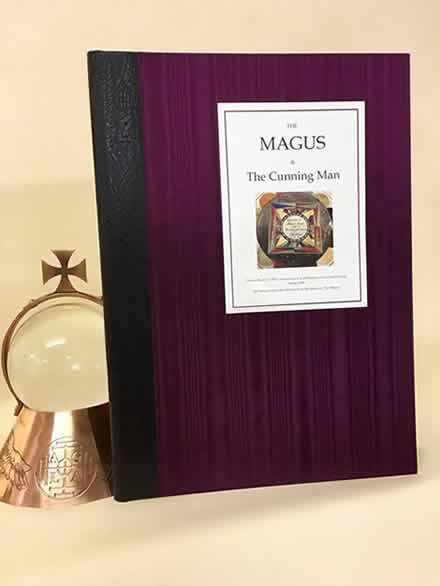
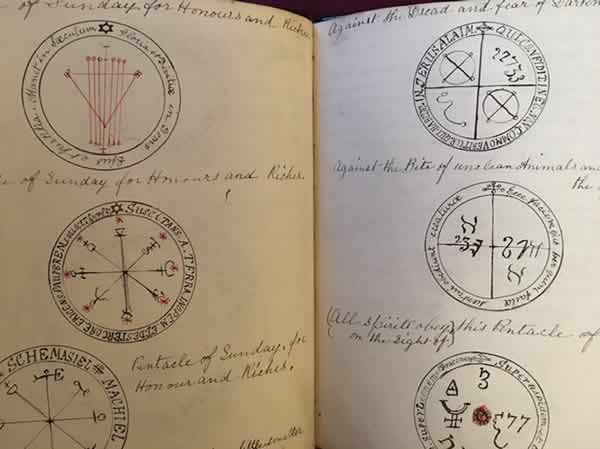

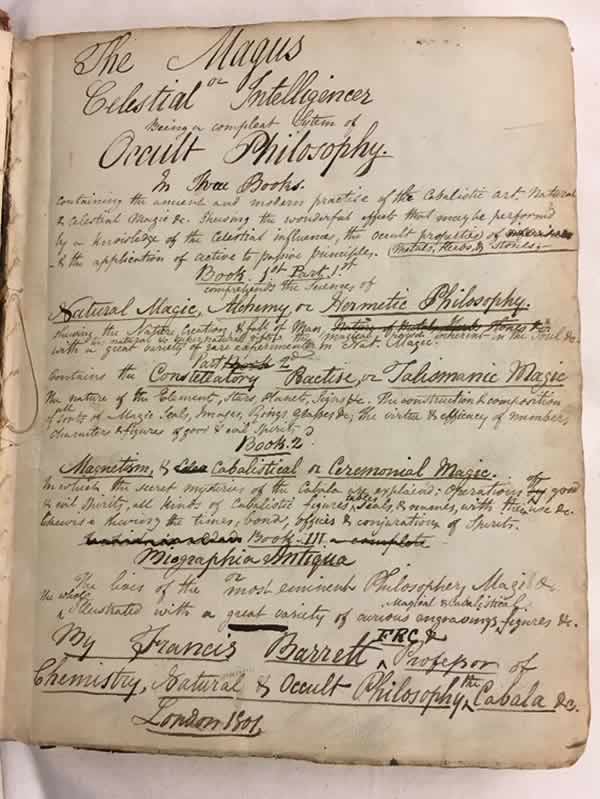

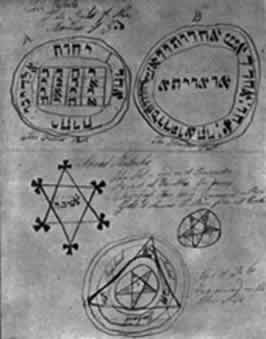
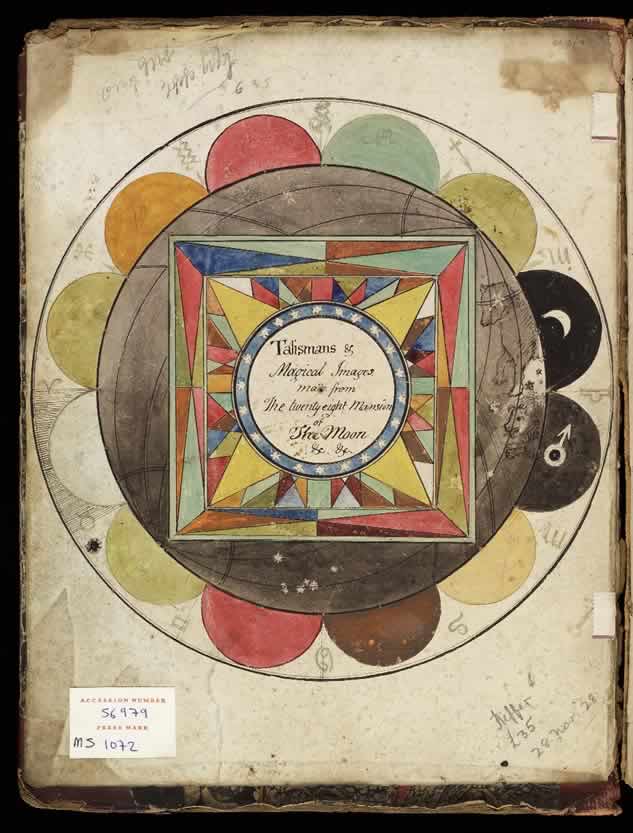
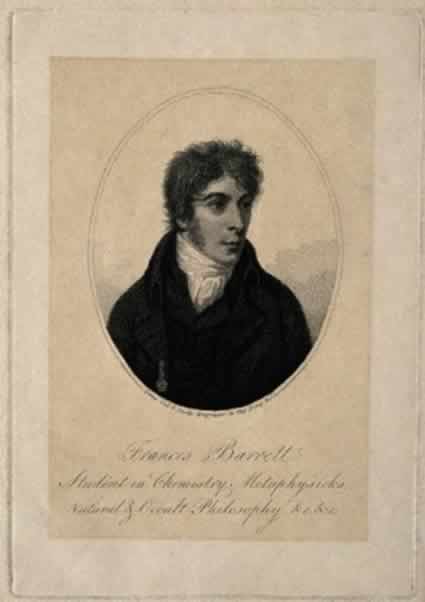
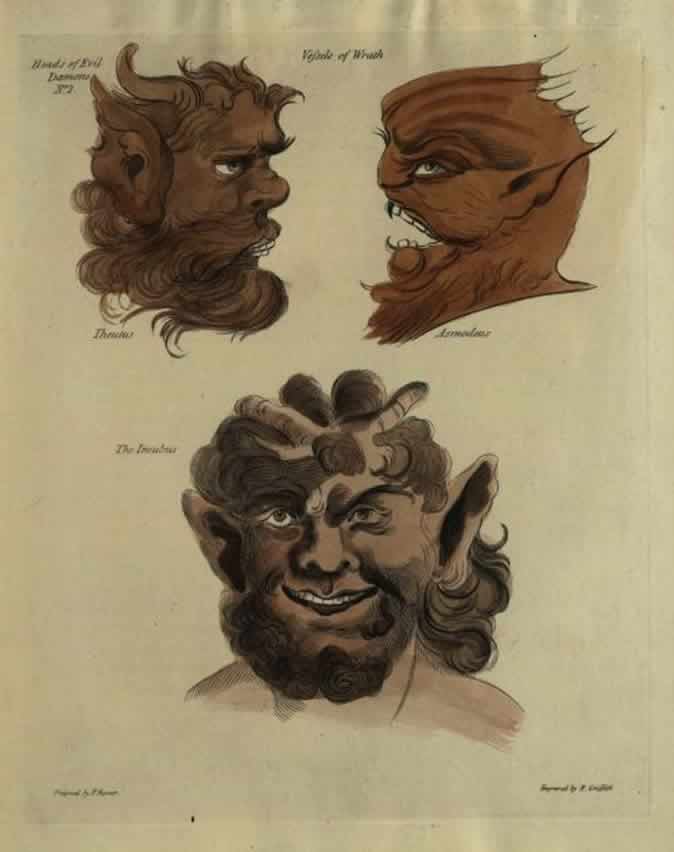
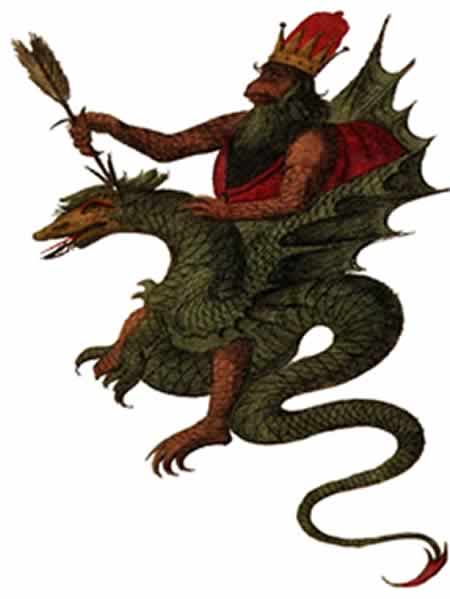

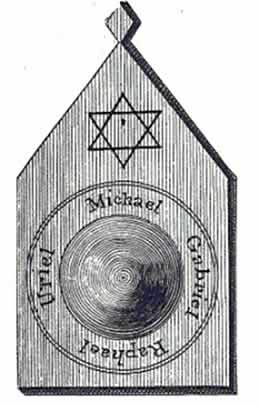
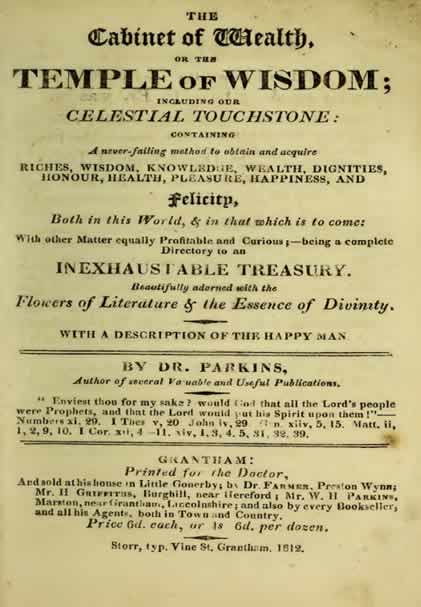

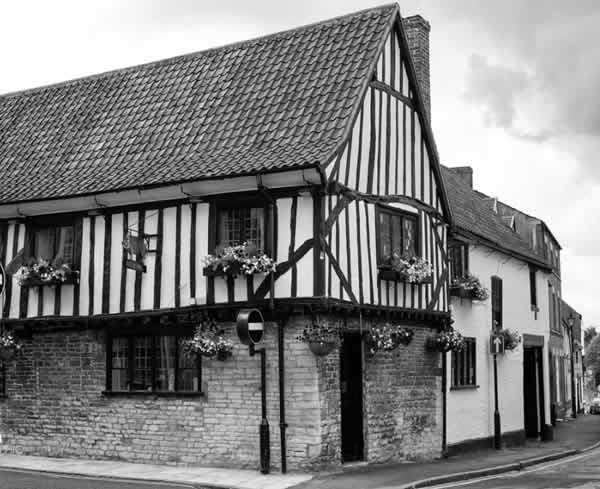
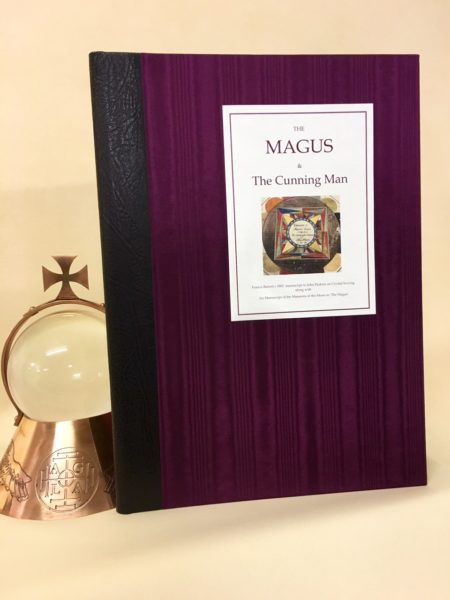 FREE MEMBERSHIP:
FREE MEMBERSHIP: